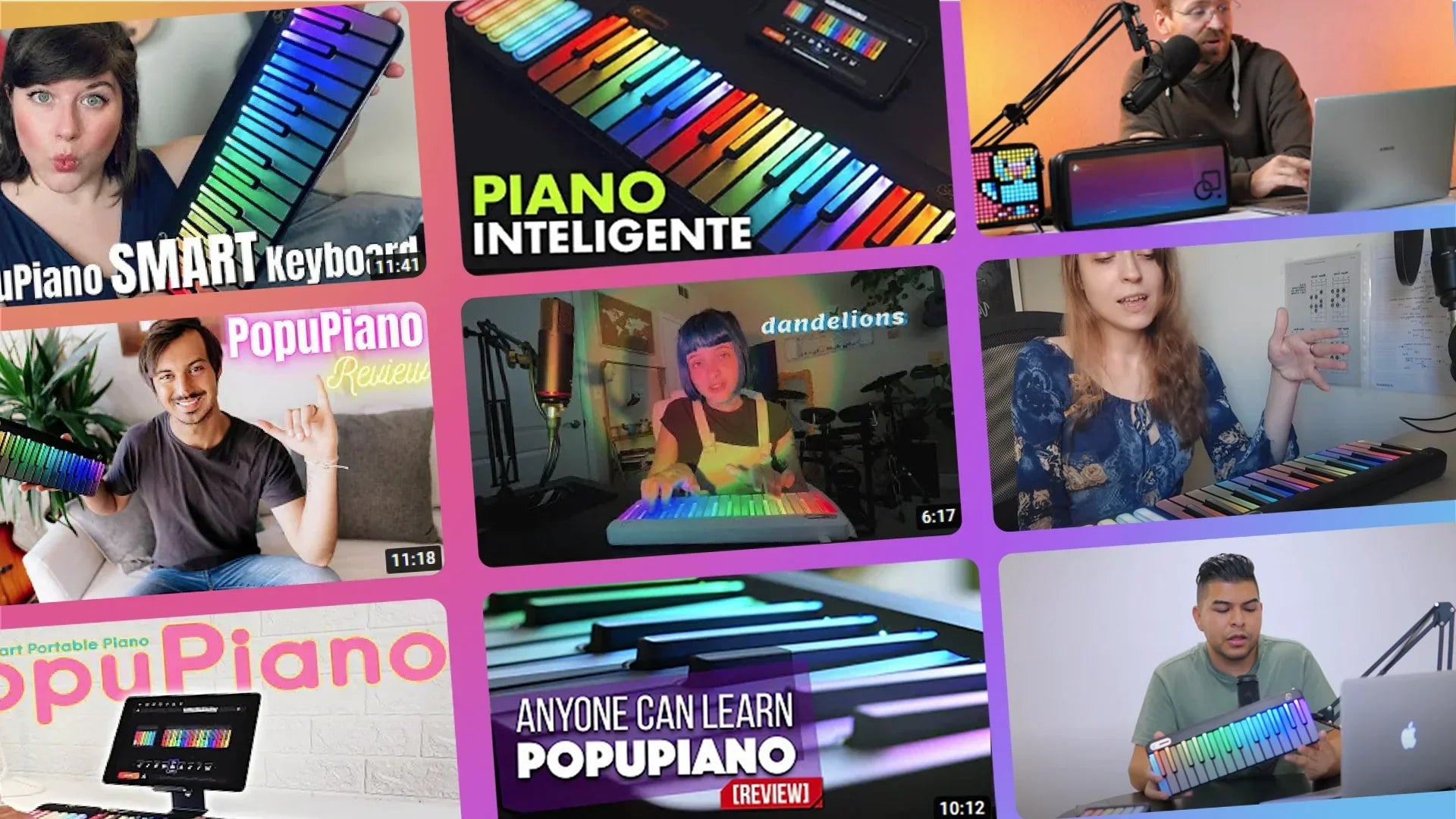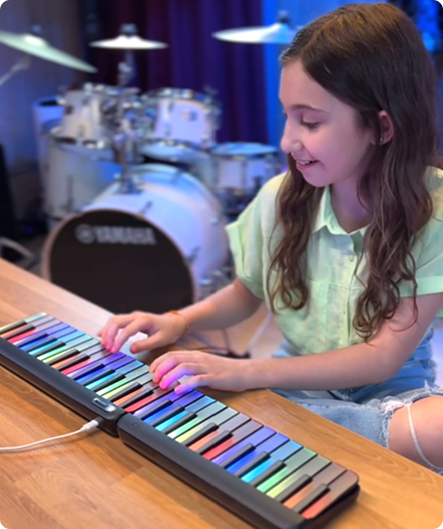
Walk into any bedroom studio today and you’ll spot blinking pads, light‑up keys, and travel‑sized synths sitting next to laptops. Sales keep climbing: analysts expect the global electronic musical instruments market to add roughly USD 1.8 billion in new revenue between 2025 and 2029, a steady 3 percent annual rise.
The growth isn’t just about producers chasing the next big track. Rising music‑education apps, affordable hardware, and creators eager to post jams on TikTok are driving everyday players to plug in and play.
Music is getting sliced into “moments” instead of strict genres, so players crave instruments able to hop from lo‑fi beats to orchestral swells without swapping gear.
Affordability is another theme; keyboards under USD 500 and Bluetooth‑equipped guitars dominate online carts, capturing almost 60 percent of recent e‑commerce instrument sales.
Finally, learning tools baked right into the hardware—think LED guidance and real‑time feedback—are quickly becoming table stakes rather than novelties. Pretty neat.
Bedroom beatmakers love hybrid instruments that fuse multiple workflows. Stuff’s June roundup calls out all‑in‑one samplers such as Roland’s SP‑404 MKII for letting creators “cook the entire track” without a computer, alongside compact MIDI keyboards loaded with chord‑memory modes.
Meanwhile, lo‑fi textures remain a vibe; Arturia’s Pure Lofi engine tosses vinyl crackle straight into the mix with one knob turn.
On the education front, keyboards with guided LEDs are winning five‑star reviews on Amazon because they make practice “fun and easy, even for total beginners.”
The catch? Latency matters. A handful of early adopters complain about audio delay in cheaper models, so check return policies before hitting “Buy.”
PopuMusic positions itself as a bridge between playful design and serious practice. The PopuPiano Smart Keyboard lights up each key you’re about to press, then grades your timing inside a free companion app. Users praise how the LED strip “makes learning enjoyable and motivating,” especially for visual learners who struggle with sheet music.
Prefer strings? The Poputar T2 Smart Guitar embeds LEDs along the first 15 frets, syncing to curated lessons that move from basic strumming to Beatles classics. Reviewers highlight its “approachable and engaging” design that keeps beginners hooked past the tricky callus stage.
Both instruments double as standard MIDI controllers, so once you’ve nailed the basics, you can trigger synths, drums, or orchestral libraries in your favorite DAW. That flexibility turns early practice pieces into full productions without buying new gear.
|
Feature |
PopuMusic PopuPiano |
Mid‑range Digital Piano |
Entry‑Level Synth / Controller |
|
Learning aids |
LED keys + app feedback |
Basic metronome |
None |
|
Portability |
5 lbs; battery‑powered |
25 lbs+; AC only |
4 lbs; bus‑powered |
|
Expansion |
Snap‑on keyboard modules |
Fixed keybed |
Depends on model |
|
MIDI over Bluetooth |
Yes |
Rare |
Sometimes |
|
Street price (USD) |
≈ 399 |
≈ 649 |
≈ 179 |
PopuMusic isn’t the cheapest ticket in town, but the built‑in pedagogy and Bluetooth convenience justify the premium for learners who’d rather jam than memorize theory charts.
Absolutely. They translate gesture into sound, demand technique, and reward practice—just through circuits instead of strings or reeds.
Most beginner keyboards and smart guitars include speakers or headphone jacks. Stage‑ready volume will require powered monitors or a PA.
With LED‑guided hardware, expect to strum or play a simple tune within the first week. Consistent 15‑minute sessions beat marathon weekends every time.
Not necessarily. Many, like PopuPiano, offer pro‑level MIDI control once you’ve graduated from the tutorial tracks.
Pick one instrument that excites you, schedule bite‑sized practice blocks, and watch your confidence grow. Whether you end up jamming lo‑fi hip‑hop on a PopuPiano or fingerpicking folk riffs on a Poputar, the right electronic musical instrument will keep nudging you forward—no stern teacher required. Grab yours over at PopuMusic and let those LEDs light the path.
Keep playing, keep smiling, and remember: the best music gear is the one that convinces you to play again tomorrow.
Read more

Learning Piano as an Adult in 2025: A Warm, Real‑World Guide to Your First 12 Months
You’ve always wanted to sit down at a piano and let your hands wander into something beautiful. Maybe last week’s viral clip of a sixty‑year‑old beginner nailing “Clair de Lune” finally pushed you ...

Can You Learn Piano on a Keyboard? Absolutely—Here’s the How‑To
Plenty of new players stare at a slim electronic keyboard and wonder, “Can you learn piano on a keyboard?” Short answer: yes, you can, and thousands do every year. The long answer—covered below—exp...